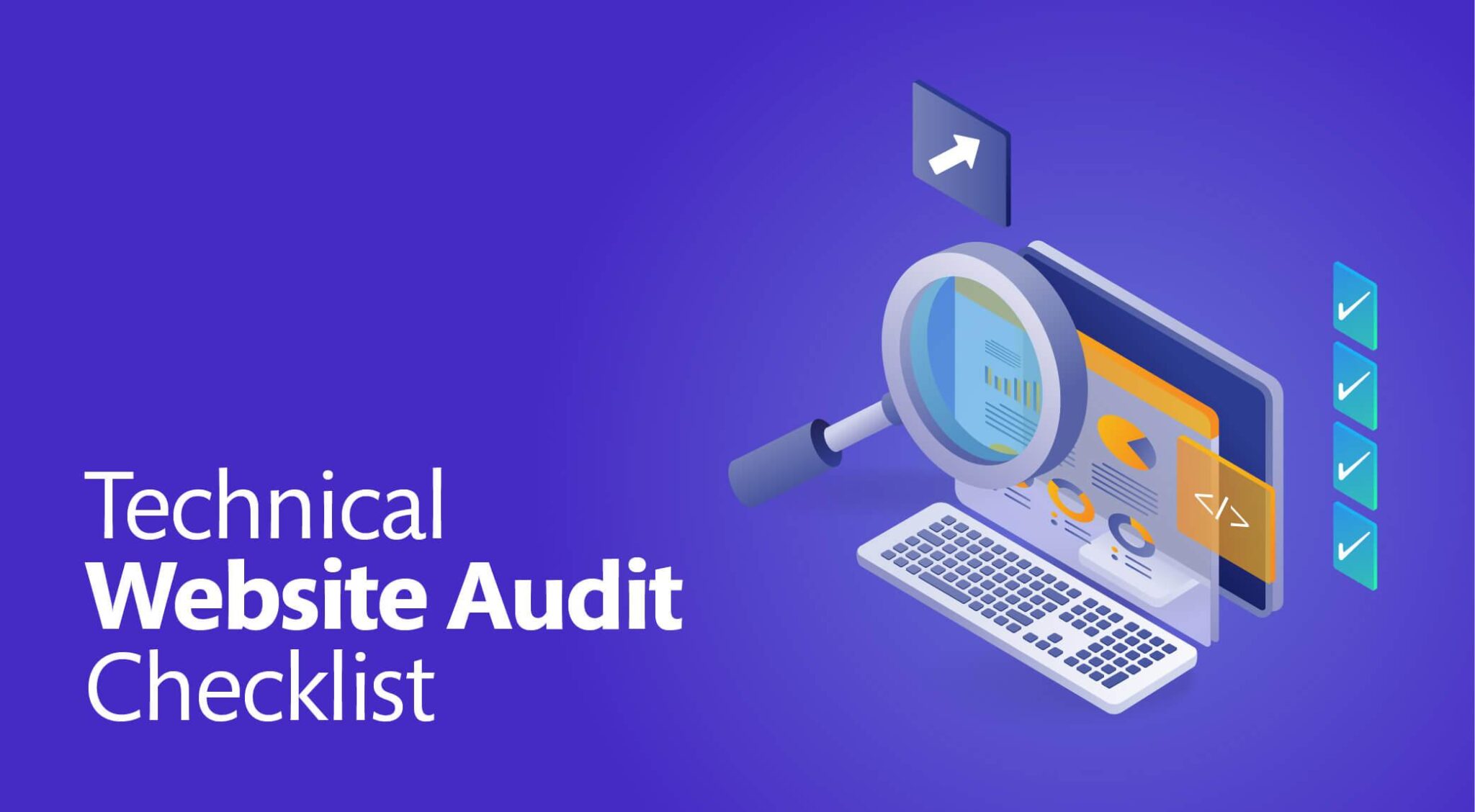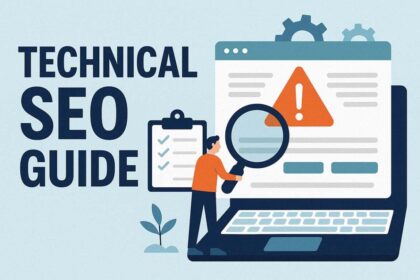In the vast digital expanse where millions of websites vie for attention, standing out requires more than just compelling content and eye-catching design; it demands a solid technical foundation. Welcome to “Unlocking Website Success: Your Guide to a Technical SEO Audit,” where we delve into the intricate, yet often overlooked, world of search engine optimization. A technical SEO audit serves as the backbone of your online presence, ensuring that search engines can effortlessly crawl, interpret, and rank your website. This guide will equip you with the essential tools and insights needed to identify critical issues, optimize performance, and ultimately enhance your site’s visibility in search results. Whether you’re a seasoned webmaster or a curious newcomer, unlocking the secrets of a successful technical SEO audit is the first step on your journey to achieving digital supremacy.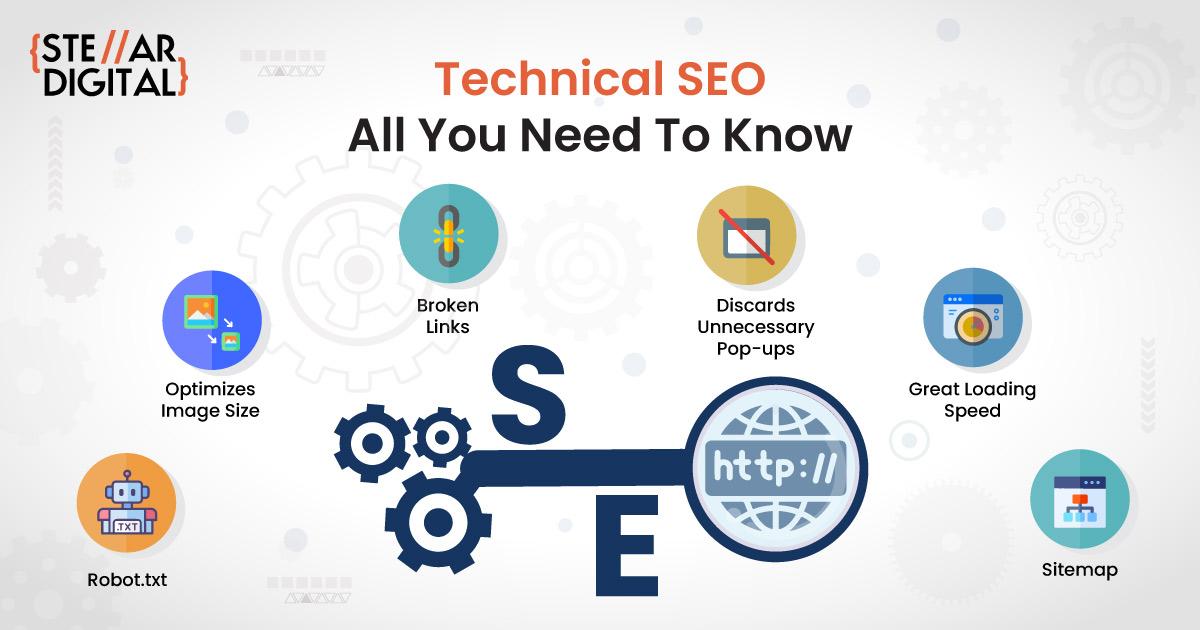
Understanding the Fundamentals of Technical SEO
When diving into the landscape of technical SEO, it’s crucial to grasp its core elements that underlie successful website performance. Crawling, indexing, and rendering are foundational concepts that ensure search engines can discover and understand your content. This process begins with effective site architecture, which organizes information in a way that’s both user-friendly and search engine-friendly. A well-structured website not only enhances the user experience but also signals to search engines which parts of your site hold the most importance. The essential aspects to consider include:
- XML Sitemaps: A roadmap for search engines to find all important pages.
- Robots.txt: A guide that directs search engines on what to crawl and what to ignore.
- Page Speed: Faster loading times reduce bounce rates and improve rankings.
After establishing a strong foundation, attention must shift to mobile-friendliness and security measures. With the increasing prevalence of mobile browsing, optimizing your site for mobile users is non-negotiable. This includes responsive design and fast loading times on all devices. Additionally, securing your site with HTTPS not only builds user trust but is also a ranking factor for search engines. Consider implementing the following enhancements to ensure optimal performance:
- Mobile-First Design: Prioritize a seamless experience for mobile visitors.
- SSL Certificates: Encrypt data to enhance security.
- Minified Code: Remove unnecessary characters to improve site speed.
| Technical Aspect | Importance |
|---|---|
| XML Sitemaps | Guides search engines to your content |
| Robots.txt | Controls crawler access |
| Page Speed | Affects user retention and SEO rankings |
| Mobile-Friendliness | Essential for user experience |
| SSL Security | Builds trust and boosts rankings |
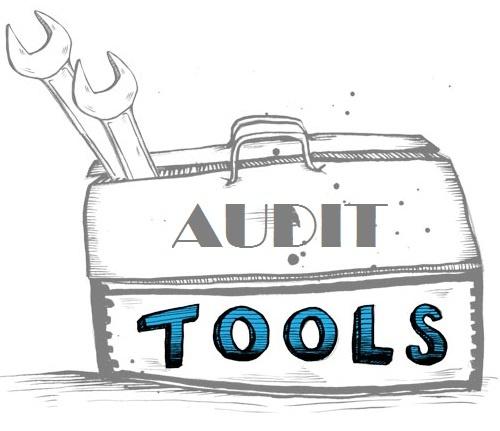
Essential Tools for Conducting an Effective Audit
Conducting a thorough audit requires a variety of tools that can provide insights into your website’s performance, structure, and optimization. Some of the essential tools include:
- Google Analytics – Essential for tracking visitor behavior and engagement metrics.
- Google Search Console – Crucial for understanding how Google views your site and identifying indexing issues.
- Screaming Frog – A powerful desktop program for crawling websites and identifying SEO issues.
- Ahrefs – Offers deep insights into backlinks, keyword rankings, and competitive analysis.
- PageSpeed Insights – Useful for analyzing loading speeds and providing optimization suggestions.
In addition to these critical resources, utilizing various site auditing tools can streamline the process and enhance your findings. Consider including:
| Tool | Purpose |
|---|---|
| SEMrush | Comprehensive site audit tool with extensive reporting features. |
| Moz Pro | Effective for tracking keyword performance and site visibility. |
| GTmetrix | Analyzes page speed and offers performance improvement suggestions. |
| Bing Webmaster Tools | Valuable insights into Bing’s indexing and performance metrics. |

Identifying and Fixing Common Technical Issues
Identifying technical issues on your website is the first step in ensuring optimal performance and search engine visibility. Start by using tools like Google Search Console and Screaming Frog to crawl your site and uncover any errors. Look out for common culprits such as:
- Broken links: Ensure all internal and external links are functional to avoid losing users and search engine trust.
- Page speed: Analyze your site’s loading time; slow pages can deter visitors and impact your rankings.
- Mobile usability: Check for mobile-responsive issues, as an increasing number of users access websites via mobile devices.
Once you’ve identified the issues, it’s time to tackle them systematically. For broken links, implement 301 redirects where necessary or remove them if they no longer serve a purpose. To enhance page speed, consider optimizing images and leveraging browser caching. Addressing mobile usability might involve adjusting site layout and ensuring that all text is legible on smaller screens. Keeping track of these fixes can be made easier through a simple table:
| Issue | Fix |
|---|---|
| Broken Links | Implement 301 redirects |
| Slow Page Speed | Optimize images, enable caching |
| Mobile Usability | Adjust layout for responsiveness |
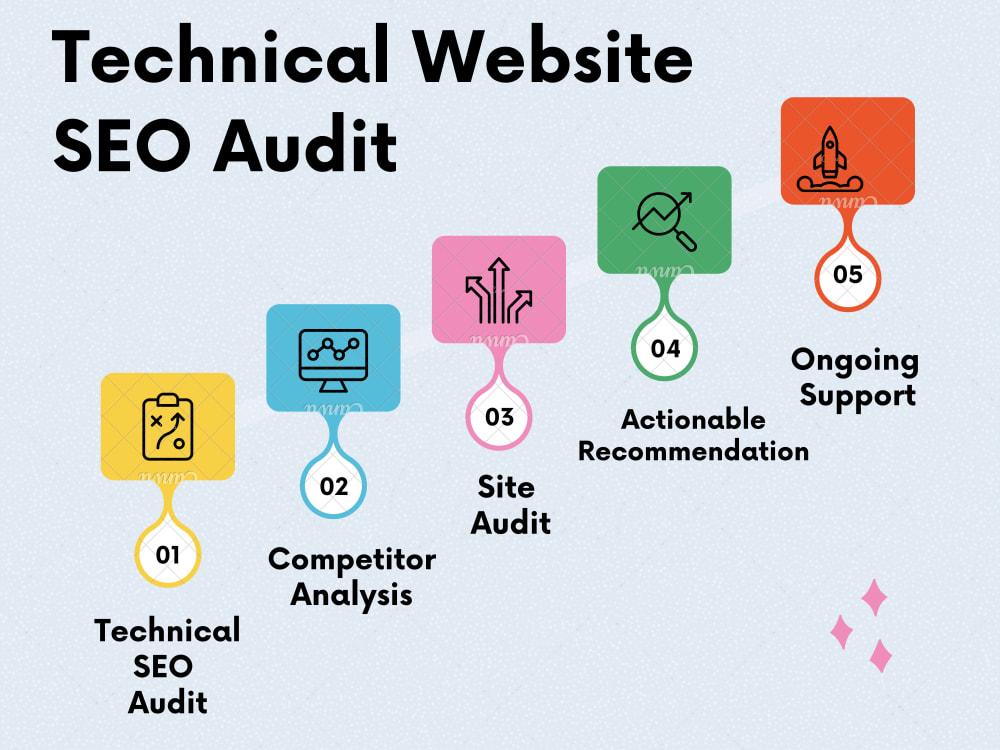
Enhancing User Experience Through Technical Optimization
Optimizing the technical aspects of a website is crucial for fostering a seamless user experience. Factors such as site speed, mobile responsiveness, and secure connections play a pivotal role in how users interact with your content. When a website loads quickly, visitors are more likely to stay engaged, leading to lower bounce rates and higher conversion rates. To enhance performance, consider focusing on the following:
- Minification of CSS, JavaScript, and HTML to reduce file sizes.
- Image optimization for faster loading times without sacrificing quality.
- Implementing a Content Delivery Network (CDN) to ensure faster data delivery.
- Enhancing mobile usability through responsive design and touch-friendly interfaces.
In addition to these elements, conducting regular audits can help identify areas for improvement. A comprehensive technical audit might include checks for broken links, sitemap accuracy, and proper use of canonical tags. Keeping track of such metrics not only boosts your site’s credibility but also enhances your SEO rankings. Consider using the following table as a quick reference for prioritizing your technical SEO tasks:
| Optimization Task | Impact |
|---|---|
| Improve Site Speed | Reduces bounce rate |
| Mobile Optimization | Enhances accessibility |
| SSL Implementation | Builds user trust |
| Schema Markup | Improves SERP visibility |
Concluding Remarks
unlocking the full potential of your website begins with a thorough understanding of its technical aspects. A comprehensive SEO audit is not just a checklist; it’s your roadmap to higher visibility, improved user experience, and ultimately, greater success. By identifying and addressing technical issues, you lay the foundation for a robust online presence that can adapt to the ever-evolving digital landscape. Remember, the journey of enhancing your website is ongoing. Regular audits, coupled with up-to-date best practices, will ensure that you stay ahead of the competition and continually meet the needs of your audience. So, take the first step today—unlock your website’s success, and watch it thrive in the vast expanse of the internet. Happy auditing!


